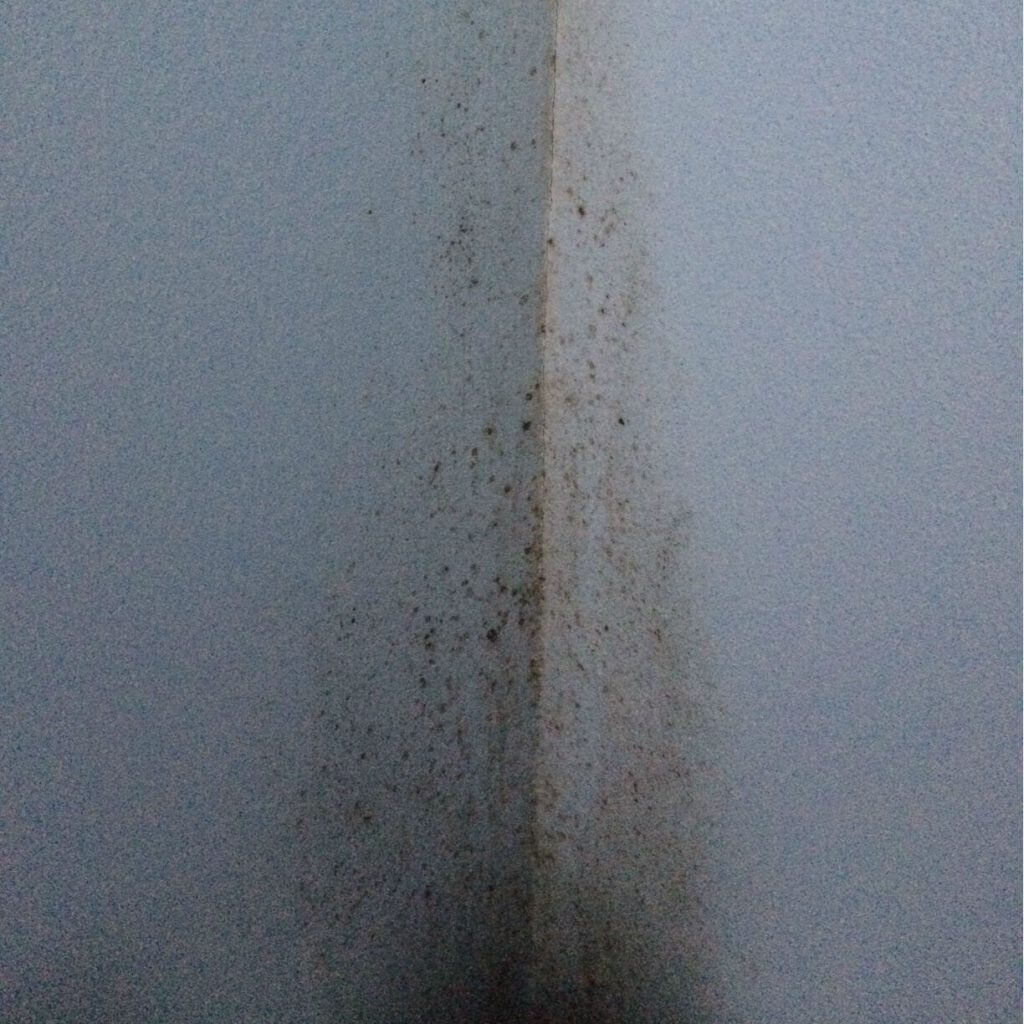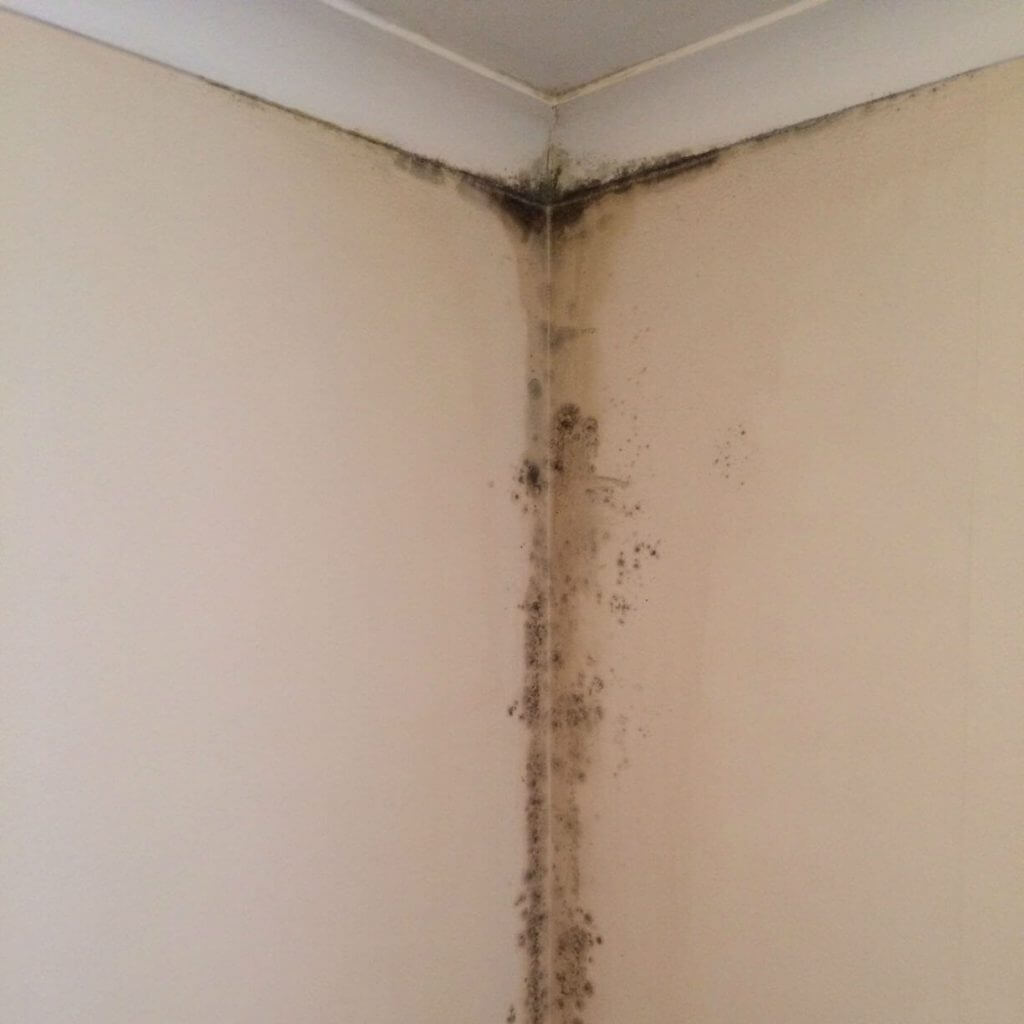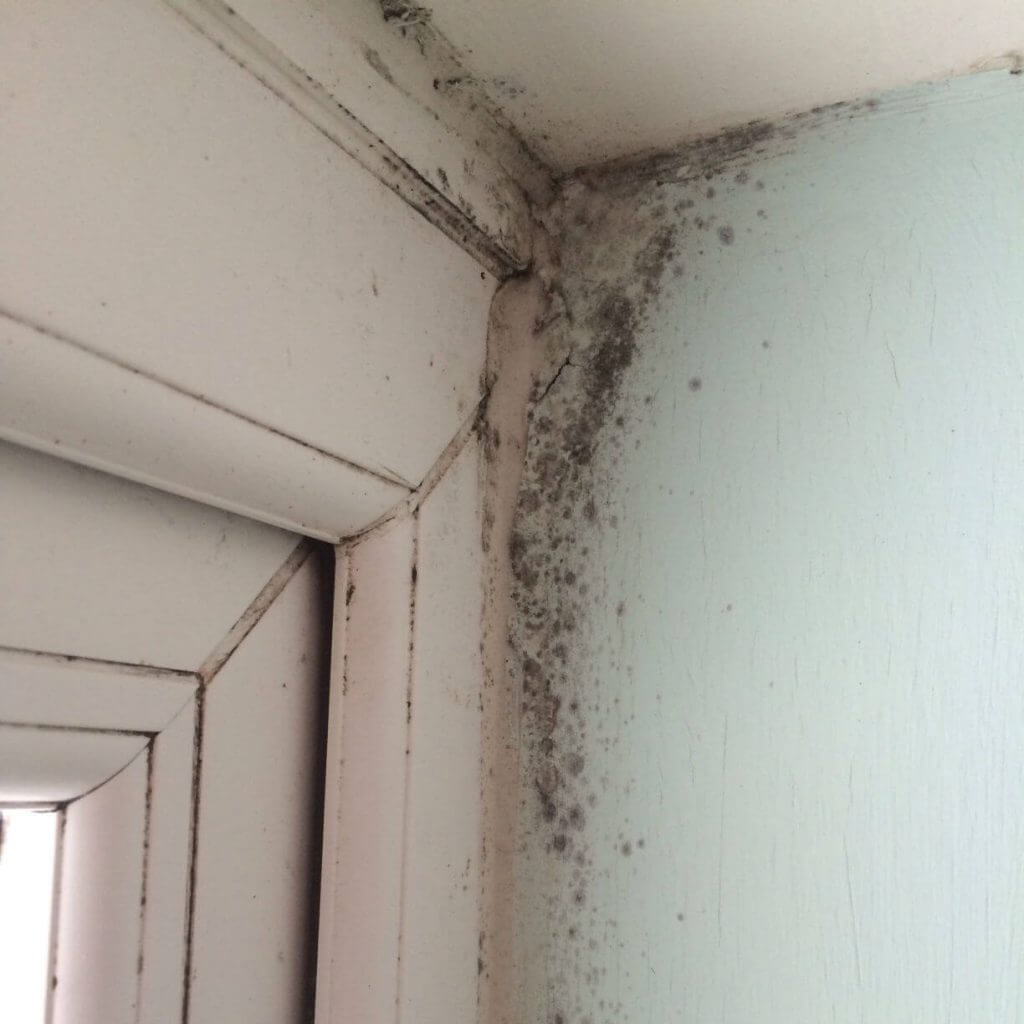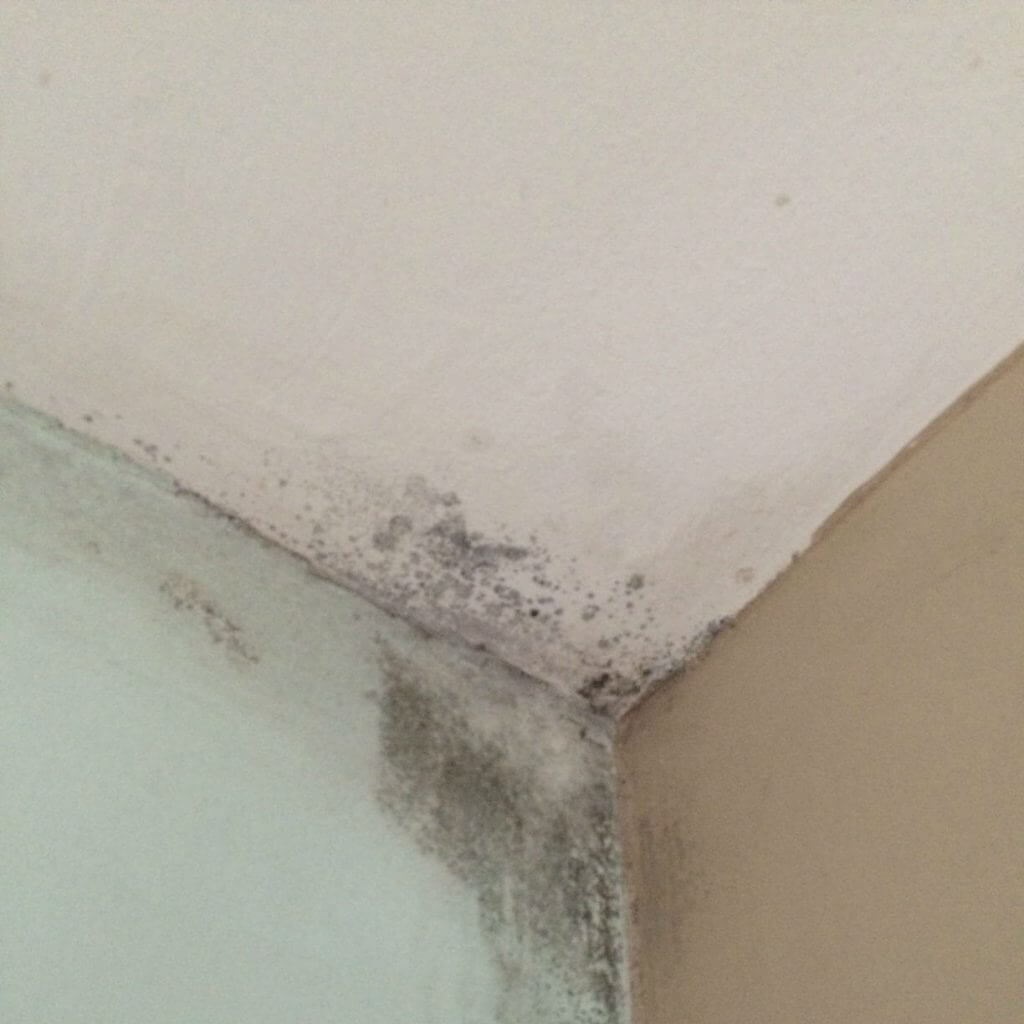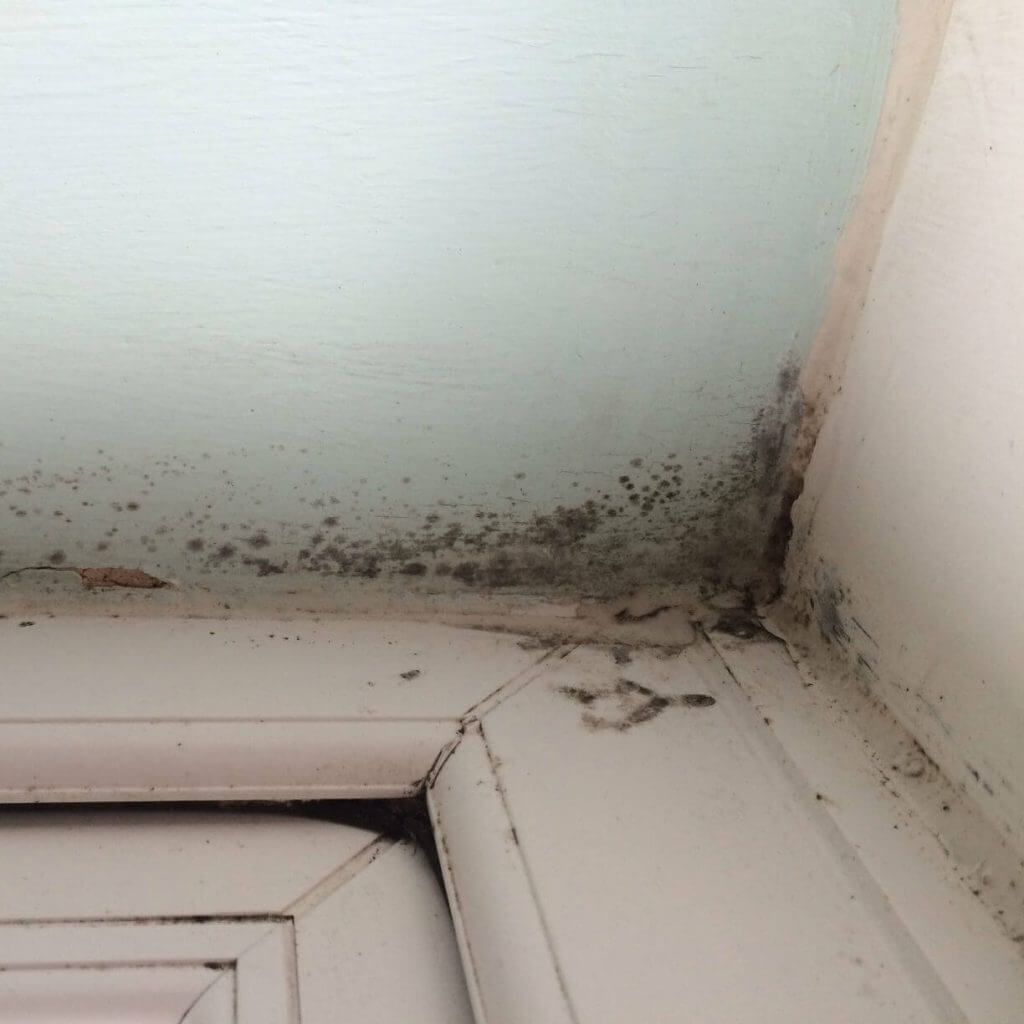
What Is Condensation?
Condensation is produced when warm moist air comes into contact with a cold surface. Air contains various amounts of water vapour; the capacity is dependent on the air temperature. The higher the air temperature the more moisture it is able to retain, once the air comes into contact with a colder surface, (such as window or mirror), the air is unable to retain that same amount of moisture, which then leads to water being released in the form of condensation.
Atmospheric moisture is released into the air as a result of various day to day activities, such as cooking, bathing, washing and drying clothes, a typical household of 4 occupants can generate between 15 and 20 litres of water per day and without suitable heating and ventilation, this can become an ever persistent problem.
Condensation is a condition that affects many homes both new and old and has probably become the major cause of environmental dampness within a property.
Condensation commonly occurs in homes which are poorly heated, ventilated and insulated. The effects of condensation are more commonly noticeable between October and April as the outside temperature is considerably lower than inside.
The problems of condensation can result in the unsightly deterioration of decorative finishes such as staining and mould colonisation, damaging wallpaper, wall surfaces, window frames, ceilings, furniture and clothing.

